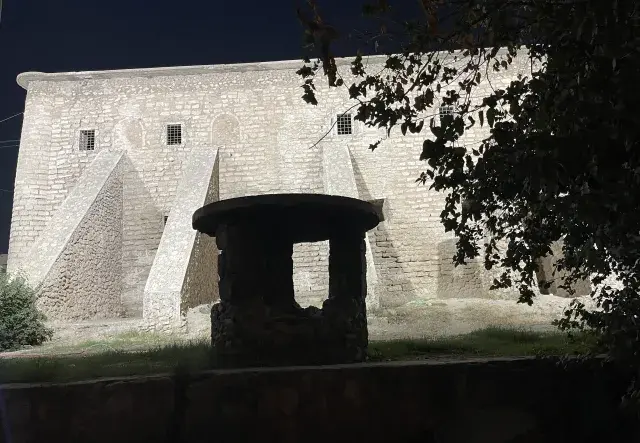Trades and Crafts in Mosul

History Old Mosul was a centre of trade and crafts that developed to respond to local demands and played a major regional commercial role. The city’s bazaar similarly expanded to accommodate the growth of trades and crafts, and became an important space within Mosul. Each trade was allocated a distinct market in the bazaar named for its specialty. Thus, in Old Mosul there is a Souq Al-Saffarin (for copper works), a Souq Al-Seyagh (for jewellery), a Souq Al-Qawazeen (for pottery), and a Souq Al-Hadadeen (for metalworks). These souqs are spaces for both the production and selling of goods. Each trade had a hierarchical organisational structure headed by a chief, followed by a master and then workers and apprentices. Skills associated with each trade were inherited within families to the extent that shops became associated with a particular family. Historians have noted that advanced levels of artisanship were achieved in Mosul during the Middle Ages, particularly related to copper works and textiles. Historically, approximately 15 trades existed in Mosul, but today only a few survive. This is due to changes in technology that have promoted automation, mechanisation, and standardisation, all at the expense of hand-crafted goods. This process has resulted in a preference for alternative materials such as aluminium over copper. Further, changes in lifestyle have made traditional goods obsolete, such as the production of saddles.
SAFFAR (COPPERSMITH)
Saffar is the name for a skilled craftsperson in copper. This trade is one of the main ones in Mosul and mainly uses brass to make utensils. In fact, the word saffar, derives from asfar, or yellow in Arabic. The trade of saffar has been associated with Mosul since the Assyrian and Babylonian periods and was particularly strong during the 12th century as an Atabeg state and the 19th century under the Ottoman Empire. The craft has a dedicated market in Mosul, Souq Al-Saffarin. Brassware from Mosul is known for its distinct inlays of gold and silver, engravings, and the affixing of gold and silver pieces through a special process called takfeet. The engravings and inlays of included human, plant and animal inscriptions, as well as texts. Brassware in Mosul was a source of pride for residents and was even gifted between monarchies. As a centre of trade, Mosul also exported the skills of the saffar to other regional large cities including Cairo and Damascus. Brassware was produced both for local consumption and for export to India and Europe. However, saffar is currently threatened by the import of aluminium utensils which has reduced the demand for copper works.
SEYAGH (GOLDSMITH)
The production of gold and silver jewellery in Mosul is performed by the seyagh (goldsmith). In 1590, a dedicated market for gold jewellery, Souq Al-Seyagh, was established in Mosul by the Ottomans. By the end of World War II, the souq comprised 84 shops. Similar to other crafts, the skills of a seyagh were transferred through families. These included preparing the gold ingot by casting it in moulds and shaping jewellery using various tools. Today, the seyagh in Mosul use modern machinery for this process. One of the renowned families associated with gold jewellery in Mosul is Kharoofa, whose patriarch maintained a social role in the community that included resolving disputes and providing fair valuations of jewellery.
HADDAD (BLACKSMITH)
Haddad (blacksmith) is the craftsman who works on making steel agricultural tools, including chains, axes, shovels, and picks, by heating iron in kilns and then hammering and shaping them as required. The handicraft of haddaden also includes the craftship of making knives for domestic usages, as well as door and window frames.
Source article: https://mosul-heritage.com/intangible-handicrafts
This article was written by Mosul Heritage Organisation and is licensed under CC BY-NC 4.0.




